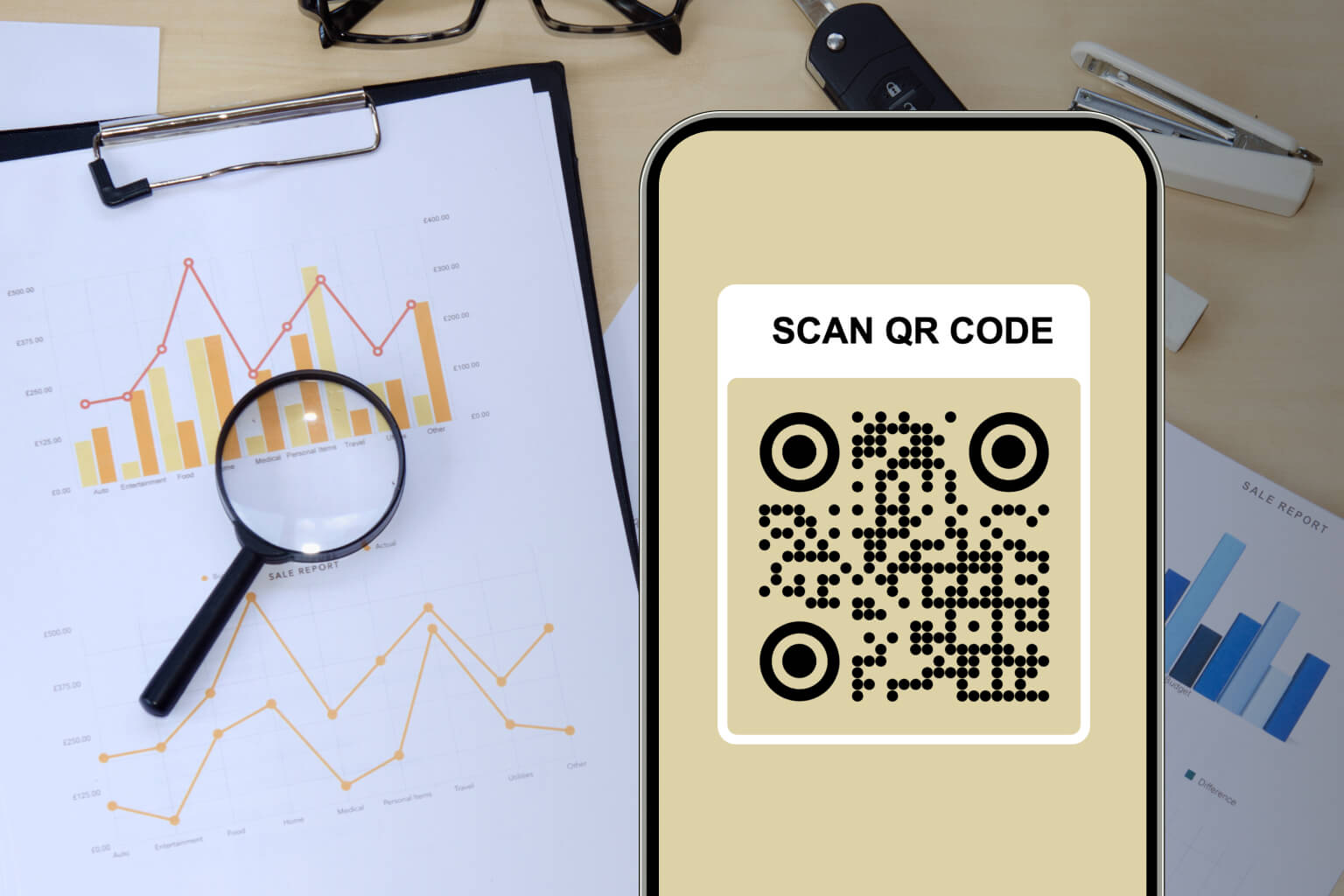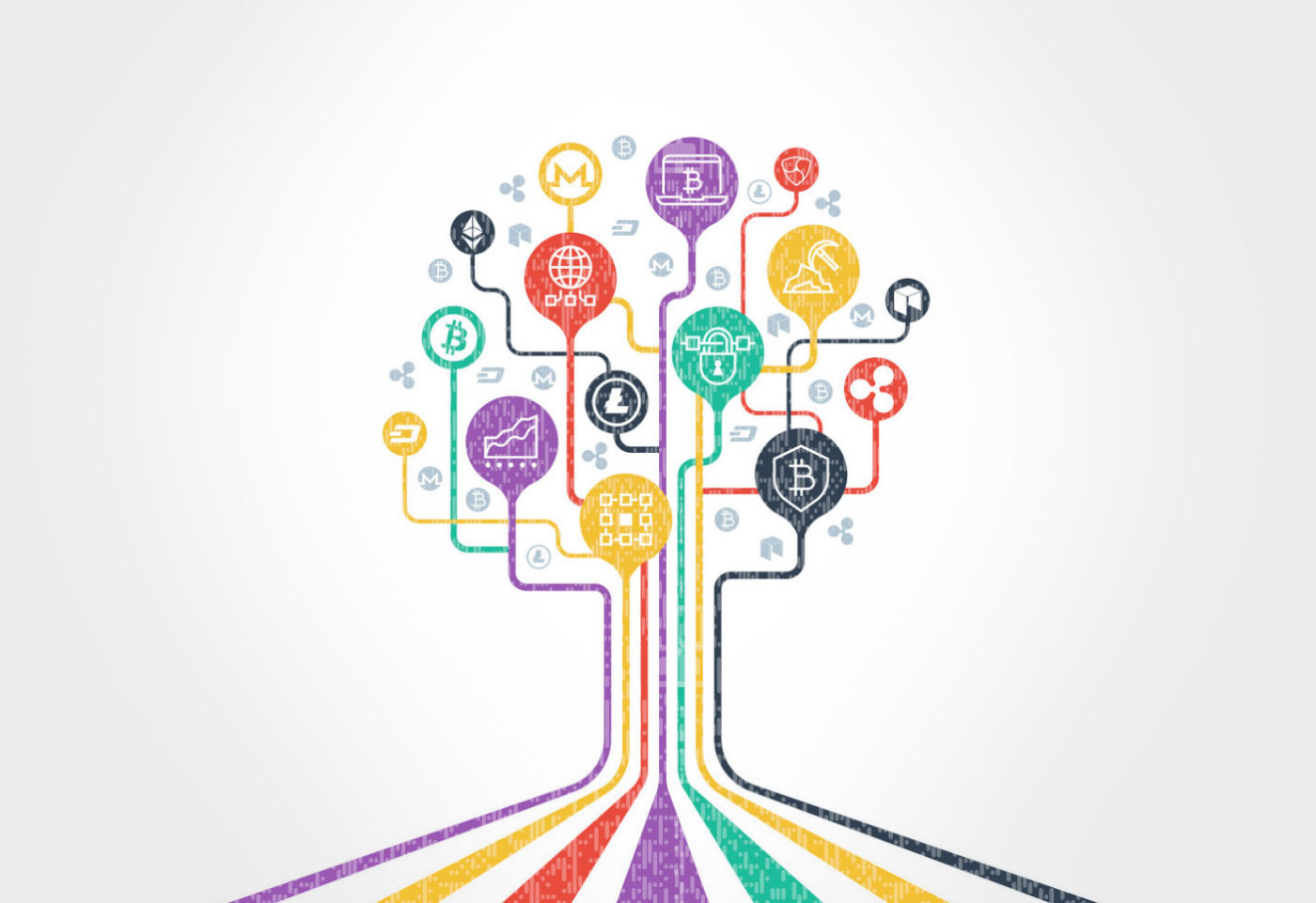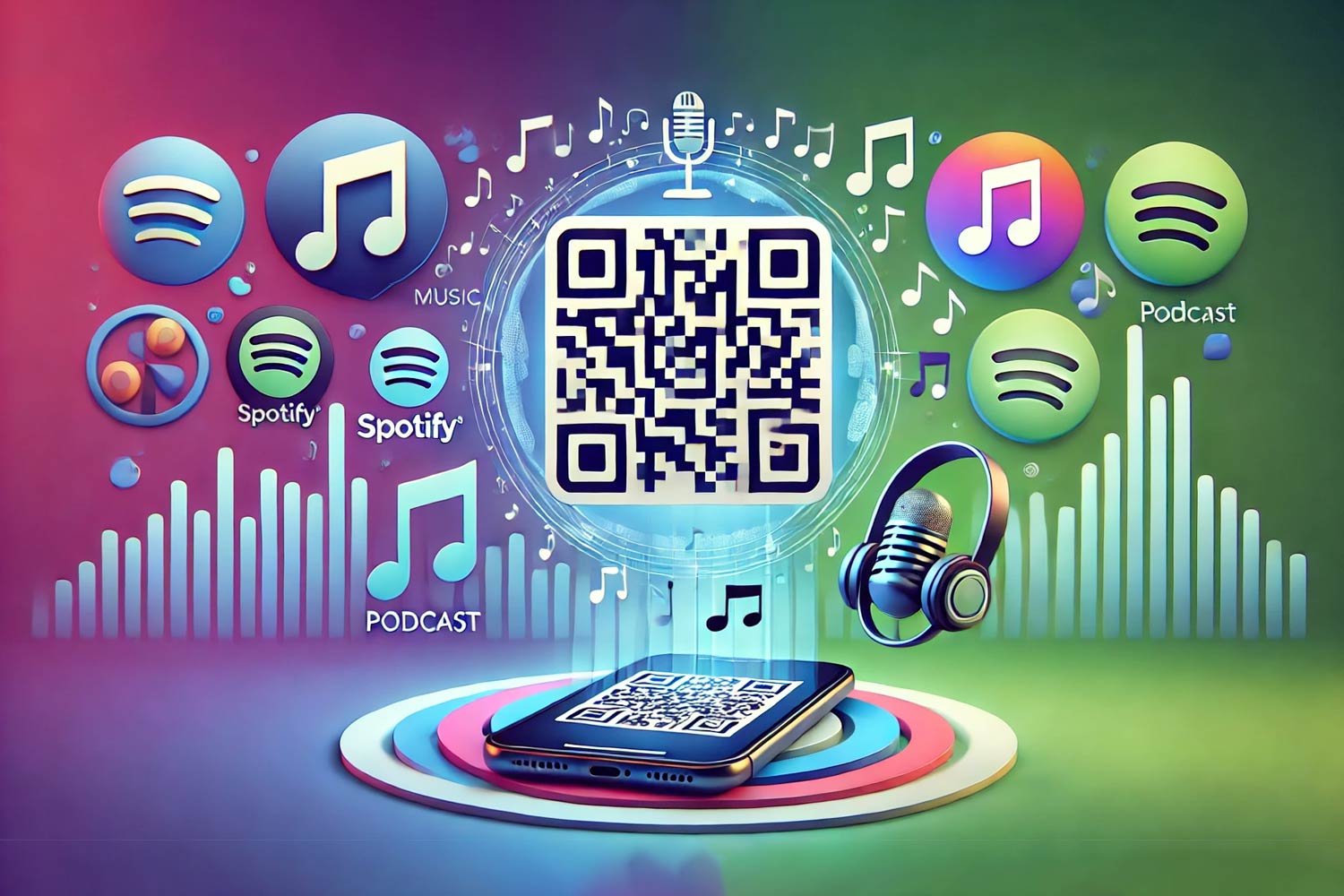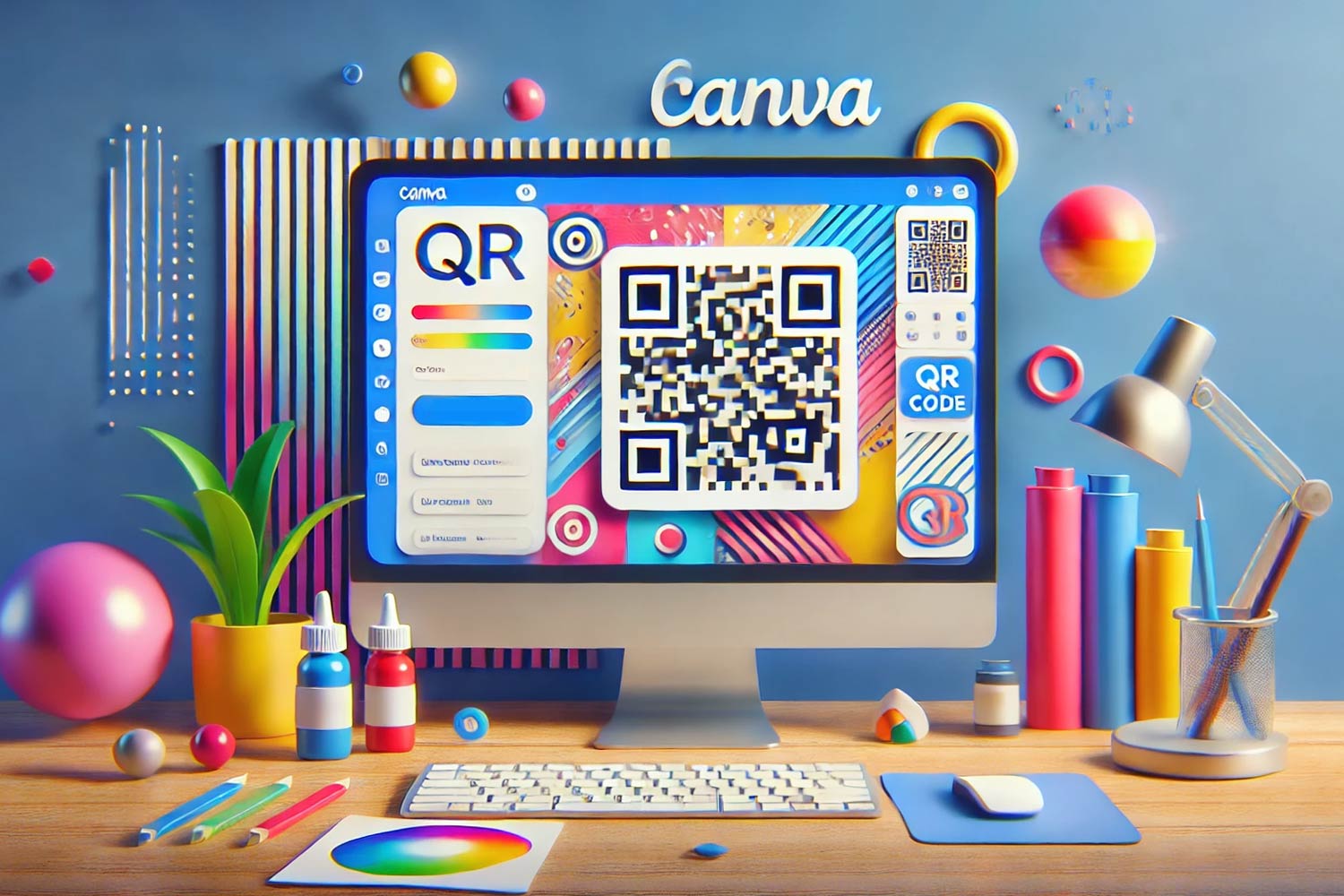QR codes are transforming how businesses connect with customers by linking offline interactions to personalized online experiences. They provide valuable data like location, time, and user behavior, helping businesses create tailored marketing strategies. With 95% of businesses using QR codes for first-party data collection and engagement rates 3–4 times higher than traditional methods, they’re essential tools for modern marketing.
Key Insights:
- Dynamic QR Codes: Allow real-time updates, track scans, and adapt content without reprinting.
- Data Collection: Gather insights like location, device type, and scan frequency to personalize interactions.
- Popular Uses: Found on product packaging, restaurant menus, and event tickets for seamless customer journeys.
- Benefits: Boosts engagement, improves customer loyalty, and increases sales by up to 30%.
Quick Tip: Use platforms like Pageloot to create, track, and manage QR codes effortlessly, ensuring campaigns stay relevant and effective.
Why it matters: As third-party tracking fades, QR codes offer a compliant, direct way to collect data and engage customers in meaningful ways.
Mike Gunderson on using digitally-enabled direct mail for hyper-personalized marketing
How QR Codes Enable Data Collection and Personalization
QR codes do more than just connect users to content – they also provide businesses with valuable insights that can shape personalized and engaging customer experiences.
Data Collection Through QR Code Scans
When someone scans a QR code, it doesn’t just open a link; it also creates an opportunity to gather actionable data. For example, QR codes can direct users to forms that collect essential information, making them effective for tasks like event registrations, information requests, or feedback gathering.
But the data doesn’t stop at basic contact details. Advanced QR code software can track location, scan frequency, time of interaction, and even the type of device or operating system used. These details help businesses understand their audience better, such as identifying key demographics or pinpointing peak times for engagement.
Take Hong Kong’s M+ museum, for instance. By using dynamic QR codes across exhibits, they recorded over 148,000 visitor engagements and 113,000 unique interactions. Features like multilingual support allowed them to cater to individual preferences, offering a more tailored visitor experience.
As third-party cookies become less reliable and data privacy regulations grow stricter, QR codes provide a compliant way to collect first-party data. They allow businesses to directly engage with users who voluntarily interact, ensuring transparency and trust.
This kind of data collection is key to unlocking personalized experiences, especially when dynamic QR codes are involved.
Why Dynamic QR Codes Are Better for Personalization
Dynamic QR codes take data collection and personalization to the next level. Unlike static codes, dynamic ones connect to external servers, allowing real-time updates without needing to reprint the code. This flexibility means businesses can adjust the user experience based on factors like location, time of day, or even previous interactions.
Dynamic QR codes also offer robust tracking capabilities. Businesses can monitor scan activity in real time, identify high-traffic locations, and learn when engagement peaks. For example, Marriott Aruba replaced printed menus with dynamic QR codes, saving around $150,000 in printing costs while enabling instant updates to menu items and pricing based on demand.
These codes also come with added perks like password protection, access controls, and shorter URLs, all of which improve the scanning experience and security.
Types of Data Collected and How It’s Used
QR code scans generate different types of data, each with its own potential for personalization:
- Behavioral data: Includes scan frequency and timestamps, helping businesses identify user habits.
- Technical data: Tracks device types, operating systems, and browsers, offering insights into customer preferences.
- Geographic data: Pinpoints user locations, often down to the city level, which can inform localized campaigns.
These insights enable businesses to deliver highly relevant experiences. For example, a retailer might schedule mobile-only promotions during peak scan times. Similarly, QR-linked forms can collect direct feedback or demographic details, allowing for precise audience segmentation. A marketing agency might discover that younger audiences prefer video content, while older users engage more with in-depth articles.
The impact of this data is clear. QR code campaigns often achieve engagement rates three to four times higher than traditional methods. Companies have also seen significant boosts in customer loyalty, with repeat purchases increasing by as much as 30%. Nike has successfully used QR codes on product tags to provide detailed information, customer reviews, and even augmented reality features – enhancing the shopping experience while gathering insights on consumer preferences and behaviors.
When creating QR codes for data collection, it’s important to ensure customers feel they’re getting something valuable in return. Exclusive content, personalized recommendations, or easier access to services can make users more willing to share their information.
Key Applications of Personalized QR Code Experiences
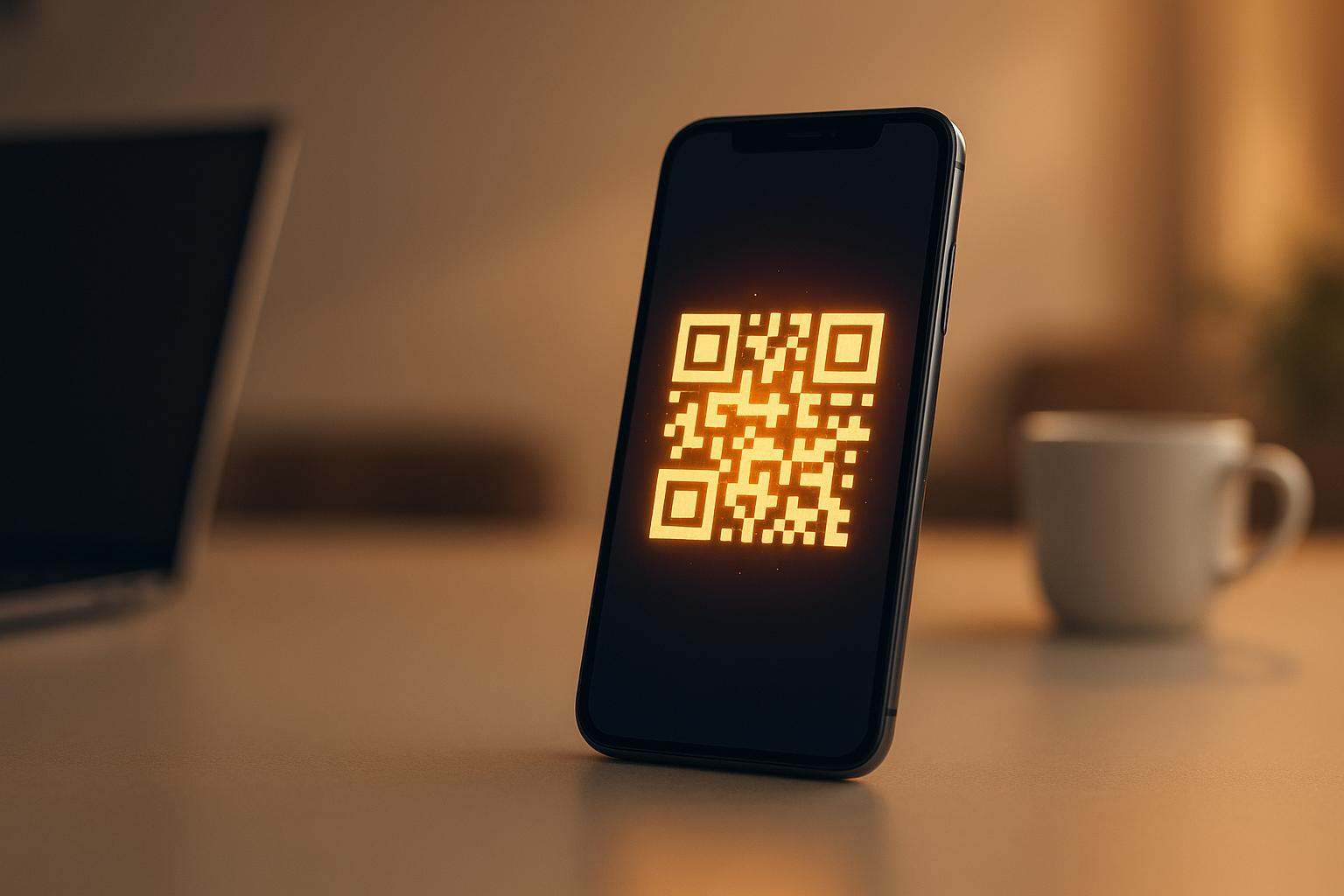 QR codes have grown far beyond their original purpose of sharing links. Today, they are driving tailored customer interactions across various industries, making experiences more engaging and personal.
QR codes have grown far beyond their original purpose of sharing links. Today, they are driving tailored customer interactions across various industries, making experiences more engaging and personal.
Popular Uses Across Industries
Retail and beauty brands are at the forefront of adopting personalized QR code strategies. For instance, Sephora uses QR codes to enhance shopping experiences by offering virtual try-ons and connecting customers to loyalty programs that suggest discounts based on their purchase history. Similarly, Nike integrates QR codes into campaigns, unlocking exclusive content and rewards for loyal customers.
Food and beverage companies are also leveraging QR codes to build stronger consumer connections. McDonald’s uses them for contactless ordering and payments, while also delivering targeted promotions and loyalty perks. Hershey’s employs SmartLabel QR codes to provide critical product details, such as allergen information, aiding customers in making informed choices. Meanwhile, Knorr utilizes dynamic QR codes in its marketing efforts, emphasizing product quality and encouraging brand loyalty.
The food packaging industry has seen significant engagement, with 57% of customers scanning QR codes on packaging for product details. In hospitality and events, QR codes have become essential. They enable contactless ordering through digital menus and streamline event check-ins with scannable tickets, all while collecting valuable attendee data.
These examples highlight how QR codes are continually evolving to create even more interactive and seamless customer experiences.
Emerging Applications of QR Codes
Contactless transactions gained momentum during the pandemic and remain a preferred method in many settings. Restaurants, for example, now widely use QR codes for both menu access and payment options.
Event personalization is another area experiencing rapid growth. Between 2021 and 2024, QR code usage for events has quadrupled. Organizers use them to provide real-time updates, reducing the need for reprinting materials, and to store attendee information on badges, simplifying networking and offering instant access to marketing resources.
Personalized marketing campaigns are becoming increasingly advanced. Businesses are creating QR codes that unlock exclusive discounts, giving customers a VIP experience while boosting sales. For example, clothing retailers use dynamic QR codes on product tags to track scans, helping them make informed decisions about inventory and marketing.
It’s worth noting that 79% of businesses now rely on dynamic QR codes for personalized, context-aware interactions. Additionally, 95% confirm that QR codes help them gather valuable first-party data. This makes choosing the right type of QR code essential for businesses aiming to enhance personalization.
Static vs. Dynamic QR Codes: Pros and Cons
The main difference between static and dynamic QR codes lies in their flexibility. Static QR codes are fixed, while dynamic ones allow real-time updates and performance tracking.
"The main difference between a dynamic QR code and a static QR code is twofold: editability and tracking. Static QR codes store fixed information that can’t be changed once generated, and they offer no way to monitor performance. Dynamic QR codes, on the other hand, let you update the destination anytime – and track scans in real time." – Shreesh S, Author at The QR Code Generator
| Aspect | Static QR Codes | Dynamic QR Codes |
|---|---|---|
| Editability | Fixed and permanent | Editable after generation |
| Tracking Features | None | Real-time analytics available |
| Data Storage | Embedded within the code | Hosted on external servers |
| Size and Scalability | May increase with data size | Consistently small and efficient |
| Cost | Free or low-cost | May require a subscription |
| Usage Scenarios | Best for fixed information | Ideal for dynamic content |
| Customization | Limited options | Fully customizable |
Static QR codes are ideal for straightforward uses like sharing contact details on business cards or linking to fixed web pages on flyers. They’re affordable and a good option for small businesses with limited needs.
Dynamic QR codes, on the other hand, shine in situations requiring personalization. These codes use a short URL that redirects to hosted data, enabling updates without reprinting materials. They also allow businesses to tailor content based on factors like location or language.
For companies serious about creating personalized experiences, dynamic QR codes are indispensable. They allow businesses to adjust campaigns in real time, track user behavior, and collect actionable data. By using these codes, businesses can A/B test different destinations, monitor performance, and refine their strategies on the fly. This flexibility often translates into higher engagement rates and deeper customer insights, making dynamic QR codes a powerful tool for data-driven personalization.
sbb-itb-74874c9
Advanced QR Code Customization and Analytics
Advanced QR codes combine eye-catching design with powerful data tracking, making them a valuable tool for businesses aiming to improve their marketing strategies.
Improving Engagement with Branded QR Codes
Plain QR codes may get the job done, but they often fail to stand out. Branded QR codes, on the other hand, can significantly boost scan rates. By incorporating your logo, brand colors, and unique designs, these codes transform into a natural extension of your visual identity rather than just a functional tool.
When QR codes reflect your branding, they become more recognizable and trustworthy. Think about it – customers are more inclined to scan a code that clearly connects to a brand they already know. This is especially true for items like business cards, flyers, or product packaging, where making a strong first impression is key.
However, there’s a balance to strike. While customization is important, the primary function of a QR code is to work seamlessly. This means using colors with enough contrast, ensuring logos don’t interfere with the scannable areas, and rigorously testing designs across different devices and environments. When done right, branded QR codes not only share information but also reinforce your brand identity every time they’re scanned. This added layer of branding naturally ties into data collection, setting the stage for smarter marketing campaigns.
Using Analytics to Optimize Campaigns
QR code analytics open the door to smarter, more targeted marketing. Without this data, it’s like driving without a map. Here’s a striking example: in 2024, QR code scans hit 26.95 million globally, with dynamic QR codes accounting for over 6.8 million of those scans.
These analytics reveal critical details, such as who’s scanning, when they’re scanning, and how they’re engaging. For instance, if most scans happen on mobile devices during specific times, you can optimize your landing pages for mobile and adjust your campaign schedule to match those peak periods.
Location-based insights are another game-changer. By identifying areas with high engagement, you can focus your efforts on local campaigns where they’ll have the most impact.
"You can track engagements in real time and adjust your strategy as needed with measurable data analytics captured from your website, social media, and more." – Adobe Express
Dynamic QR codes take this a step further by allowing real-time updates. If a code isn’t performing well, you can tweak its destination, adjust the call-to-action, or even move it to a better spot – without reprinting anything. Pairing QR codes with tools like Google Analytics through UTM parameters gives you even deeper insights, such as conversion rates and the full customer journey. These insights pave the way for automated marketing strategies that deliver increasingly personalized experiences.
Integrating QR Codes with Marketing Automation Tools
Once you’ve gathered actionable insights, the next step is to use them for real-time personalization through marketing automation tools. By connecting QR codes with platforms like email marketing software or CRM systems, you can transform these codes into a dynamic part of your personalization strategy.
Here’s how it works: scan data can automatically trigger follow-up actions. For example, if someone scans a QR code on a restaurant menu, they can be added to an email list that sends them special offers tailored to their preferences.
This approach also makes lead segmentation more precise. Assigning unique QR codes to different materials – like flyers, ads, or product labels – lets you segment your audience automatically and deliver content that matches their specific interests.
The numbers back this up: integrating QR codes into campaigns has been shown to increase sales productivity by 14.2%, and 54% of consumers have scanned a marketing-related QR code. With 75% of Americans expressing a willingness to use QR codes in the future, the potential for personalized marketing through automation is enormous.
QR codes also simplify A/B testing. By directing users to different landing pages or offers, you can compare outcomes and refine your campaigns based on real-world data.
The key to successful integration is ensuring that every scan provides value. When a QR code triggers a tailored follow-up, it enhances the customer experience and strengthens your connection with them.
How Pageloot Simplifies QR Code Personalization

Creating personalized QR code campaigns doesn’t have to be complicated or expensive. Pageloot offers a user-friendly platform that makes it easy for businesses of all sizes to leverage data and create tailored marketing strategies. It’s designed to address common challenges faced by small businesses, making personalization straightforward and effective.
Key Features of Pageloot for Personalization
Pageloot provides a range of tools to elevate your QR code campaigns. With over 25 QR code types available, you can choose the one that best fits your goals – whether it’s a simple link QR code, a PDF QR code, or a vCard generator.
The platform’s QR Code Management System gives you access to detailed metrics like scan counts, time of scans, and geographical data. This information helps you refine your campaigns. For instance, knowing where and when users are scanning your codes allows you to adjust messaging to maximize engagement. By turning raw data into actionable insights, Pageloot empowers businesses to create more targeted marketing strategies.
Dynamic QR codes take personalization a step further. Unlike static codes, dynamic ones let you update content in real-time without reprinting. Whether you’re revising a restaurant menu or testing different landing pages, you can make quick changes while tracking performance.
The analytics dashboard simplifies complex data, prioritizing key metrics like scan counts and locations. Additional details, such as device type and operating system, provide extra context.
| Data Type | Description | Priority Level |
|---|---|---|
| Scan Count | Total number of QR code scans | High |
| Location | Geographic data of scan locations | High |
| Time of Scan | When scans occurred | Medium |
| Device Type | Smartphone, tablet, or other devices | Low |
| Operating System | iOS, Android, or other platforms | Low |
Pageloot also integrates seamlessly with Google Analytics, enabling you to track the entire customer journey from the moment a QR code is scanned to the final conversion.
Addressing Small Business Challenges
Pageloot is designed for ease of use, requiring no technical expertise or design skills. This makes it an ideal solution for small business owners who need practical tools without unnecessary complexity.
One common issue for businesses is outdated information. With Pageloot, you can update links anytime without reprinting QR codes. This flexibility ensures your campaigns stay relevant and up-to-date.
Managing multiple QR codes across various campaigns is also simplified with Pageloot’s centralized dashboard. Whether it’s QR codes for business cards, flyers, or product packaging, everything is organized in one place.
The platform’s reliability is backed by its strong reputation: it’s trusted by over 20,000 brands in 110 countries and boasts a 4.8/5 star rating. Users consistently praise its intuitive interface, with ratings of 4.5/5 for usability and 4.6/5 overall.
"The most easy and reliable QR code Generator ever. PDF files can be uploaded instantly. Our restaurant menus are now digital." – Hugo Laurent, Restaurant owner
Cost is another major consideration for small businesses. Pageloot offers free static QR codes that never expire, making it easy to experiment before committing to advanced features. When you’re ready, the Starter plan starts at just $4.86 per month.
Getting Started with Pageloot’s QR Code Tools
Getting started with Pageloot is simple. You can use the free QR code generator immediately – no signup required – to explore its basic functionality. For more advanced features like editable QR codes, scan tracking, and real-time analytics, you can upgrade to a 14-day free trial.
The platform’s customizable settings allow you to focus on the metrics that matter most. For example, you can use geographical data for local marketing or time-based patterns to schedule campaigns effectively.
Small businesses can make the most of Pageloot by adding QR codes to menus, flyers, and product packaging. This approach helps capture valuable data points, giving you a clearer understanding of your customers’ preferences and behaviors.
Thanks to its intuitive design, you can start collecting customer data within minutes of signing up. This ease of use ensures you can quickly apply data-driven insights to enhance your marketing efforts.
Conclusion: The Power of QR Codes for Personalization
QR codes have become essential tools in the world of personalized, data-driven marketing. The numbers speak volumes: 59% of consumers scan QR codes daily, and businesses using QR-linked content report engagement rates 3–4 times higher than traditional marketing approaches. This isn’t just a passing fad – it’s reshaping how businesses interact with their audiences.
The real game-changer here is the data. QR codes allow companies to collect valuable first-party data, helping them better understand customer behavior and create tailored experiences. For instance, in June 2024, Registria shared that a leading global home appliance manufacturer saw a 20% drop in call center volumes. Why? Because customers accessed the information they needed instantly through personalized digital interactions.
"Personalization is no longer a luxury; it’s an expectation. QR codes offer a way to create more customized brand experiences, driving deeper consumer loyalty." – Ad Age
The momentum behind QR code adoption is undeniable. In 2023, QR code scans skyrocketed to 26.95 million – a staggering 433% increase over two years. And the future looks even brighter: 62% of surveyed businesses expect higher sales by 2025 thanks to QR-driven strategies, while more than 90% of business leaders predict broader QR adoption across industries.
This technology bridges the gap between offline and online experiences seamlessly. Think about it: a restaurant menu that adjusts to dietary needs, business cards offering personalized follow-ups, or product packaging that delivers tailored support content. QR codes are transforming these touchpoints into meaningful, interactive moments for customers.
The competitive edge is crystal clear. Companies embracing QR code personalization today are setting themselves up for future success. Tools like Pageloot simplify the process, enabling businesses to create dynamic QR codes with real-time analytics and customization options – removing the technical hurdles to getting started.
"The future of advertising lies in the ability to seamlessly integrate technology with creativity, turning real-time data into actionable insights that drive consumer action." – Ad Age
Each QR code scan represents an opportunity for immediate engagement and valuable data collection. As these codes evolve from simple links to dynamic digital gateways, businesses that adopt them now will gain a significant edge. This shift transforms every customer interaction into a crucial data point, paving the way for smarter, more personalized strategies.
QR codes are already shaping the future of personalized experiences. The question is: will your business lead the charge or play catch-up?
FAQs
What makes dynamic QR codes better for personalization than static QR codes?
Dynamic QR codes stand out because they let you update the content they link to on the fly. Unlike static QR codes, you can change the destination or information without having to reprint the code. This saves both time and resources, making them a practical choice for businesses that need flexibility.
But that’s not all – dynamic QR codes also offer detailed tracking capabilities. You can gather insights like where and when the code was scanned, and even the type of device used. These analytics allow businesses to fine-tune their strategies, creating campaigns that are more targeted and engaging. For marketers, this means staying nimble and making data-driven decisions to connect with their audience more effectively.
What kind of data can businesses gather through QR code scans, and how is it used for personalized marketing?
Businesses can gather a wealth of information through QR code scans, including details like device type, location, time of scan, and even user inputs from connected forms or pages. Dynamic QR codes take this a step further by tracking scan data over time, providing a clearer picture of user engagement and behavior trends.
This kind of data allows businesses to craft personalized marketing strategies, share content tailored to individual needs, and enhance customer experiences by identifying preferences and habits. For instance, location data can be used to offer promotions specific to a region, while analyzing scan times can help fine-tune the timing of campaigns. By tapping into these insights, businesses can make smarter decisions and build stronger connections with their audience.
How can small businesses use QR codes to enhance customer engagement and build loyalty?
Small businesses can use QR codes to make customer interactions more engaging and personal. For example, QR codes can power loyalty programs where customers simply scan to earn points, claim rewards, or unlock special deals. This not only adds convenience but also encourages repeat visits and builds stronger customer loyalty.
Dynamic QR codes take things a step further by allowing businesses to customize promotions for specific audiences or campaigns. This ensures that each interaction feels relevant and tailored. Plus, incorporating QR codes into contactless payments, event check-ins, or personalized discounts makes the overall experience smoother and fosters customer trust.
Tools like Pageloot make it easy for businesses to create, customize, and track QR codes, helping them refine their marketing strategies while offering hassle-free and engaging interactions.

